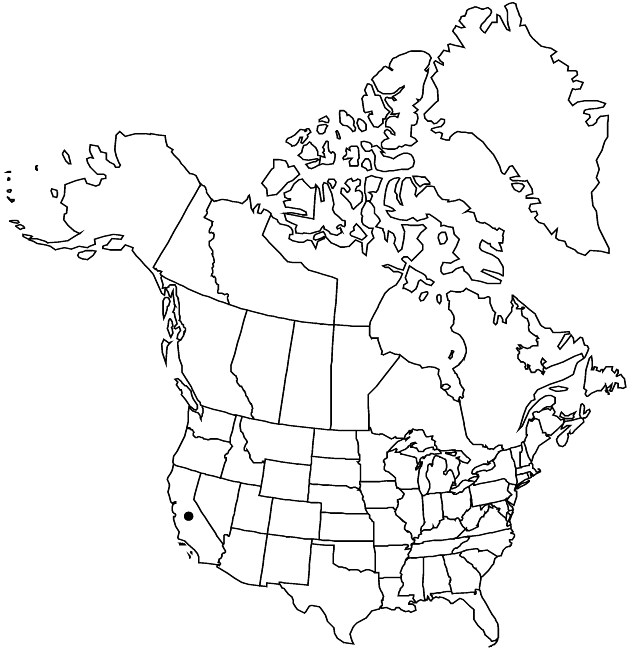Difference between revisions of "Helenium puberulum"
in A. P. de Candolle and A. L. P. P. de Candolle, Prodr. 5: 667. 1836.
FNA>Volume Importer |
imported>Volume Importer |
||
| (One intermediate revision by the same user not shown) | |||
| Line 1: | Line 1: | ||
{{Treatment/ID | {{Treatment/ID | ||
|accepted_name=Helenium puberulum | |accepted_name=Helenium puberulum | ||
| − | |accepted_authority= | + | |accepted_authority=de Candolle |
|publications={{Treatment/Publication | |publications={{Treatment/Publication | ||
|title=in A. P. de Candolle and A. L. P. P. de Candolle, Prodr. | |title=in A. P. de Candolle and A. L. P. P. de Candolle, Prodr. | ||
| Line 33: | Line 33: | ||
-->{{#Taxon: | -->{{#Taxon: | ||
name=Helenium puberulum | name=Helenium puberulum | ||
| − | |authority= | + | |authority=de Candolle |
|rank=species | |rank=species | ||
|parent rank=genus | |parent rank=genus | ||
| Line 47: | Line 47: | ||
|publication year=1836 | |publication year=1836 | ||
|special status= | |special status= | ||
| − | |source xml=https:// | + | |source xml=https://bitbucket.org/aafc-mbb/fna-data-curation/src/2e0870ddd59836b60bcf96646a41e87ea5a5943a/coarse_grained_fna_xml/V19-20-21/V21_1078.xml |
|tribe=Asteraceae tribe Heliantheae | |tribe=Asteraceae tribe Heliantheae | ||
|subtribe=Asteraceae (tribe Heliantheae) subtribe Gaillardiinae | |subtribe=Asteraceae (tribe Heliantheae) subtribe Gaillardiinae | ||
Latest revision as of 20:08, 5 November 2020
Annuals or perennials, 50–160 cm. Stems usually 1, branched distally, strongly winged, glabrous proximally, sparsely hairy distally. Leaves glabrous or sparsely hairy; basal blades oblanceolate to oblong-elliptic, entire; proximal and mid blades lanceolate to oblong-elliptic, entire; distal blades lance-linear, entire. Heads 4–20(–30) per plant, in paniculiform arrays. Peduncles (6–)9–17(–23) cm, sparsely to moderately hairy. Involucres globose to depressed globose, 9–15 × 9–17(–19) mm. Phyllaries (distinct or connate proximally) moderately hairy. Ray florets 0, or 13–15, pistillate, fertile; corollas yellow, 3.8–10 × 2–4 mm. Disc florets 300–500(–1000+); corollas yellow proximally, yellow to reddish brown to purple distally, (1.6–)1.9–2.7 mm, lobes 4(–5). Cypselae 1.2–1.9 mm, moderately hairy; pappi of 5–6 entire, aristate scales 0.4–1 mm. 2n = 58.
Phenology: Flowering (Mar–)Jun–Aug(–Nov).
Habitat: Along streams, ditches, seepage areas, around ponds and lakes, forests, woodlands
Elevation: 0–1200 m
Distribution

Calif., Mexico (Baja California).
Discussion
Helenium puberulum may be of amphidiploid origin from hybridization between H. bigelovii (perennial, radiate, 2n = 32) and H. thurberi (annual, rayless, 2n = 26) (M. W. Bierner 1972).
Selected References
None.